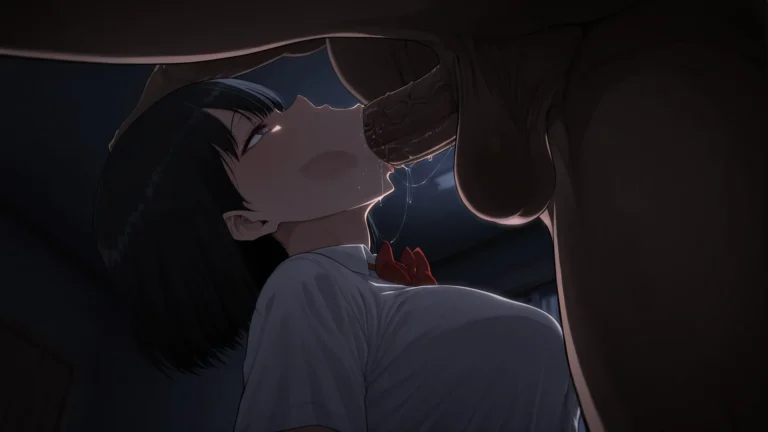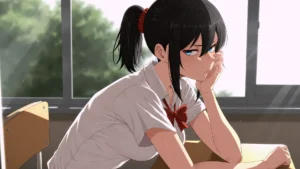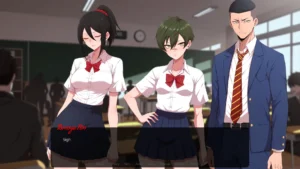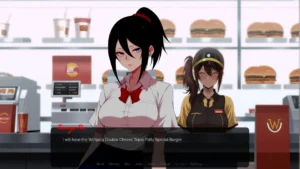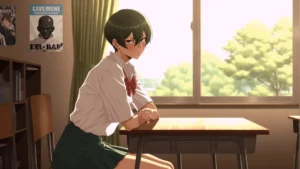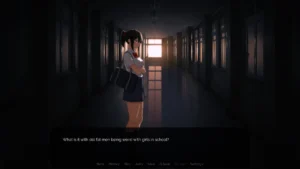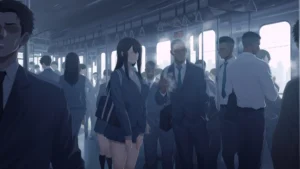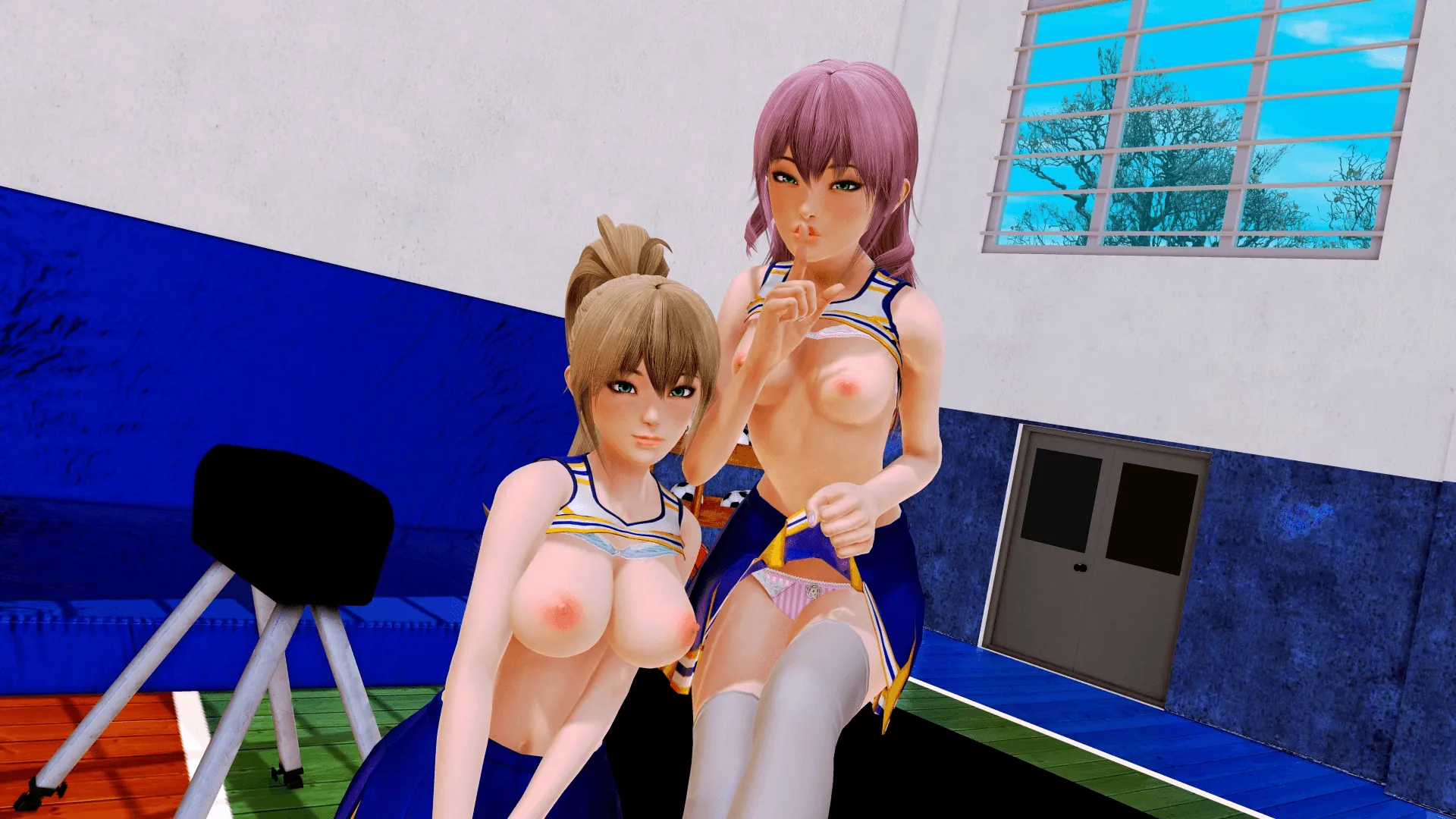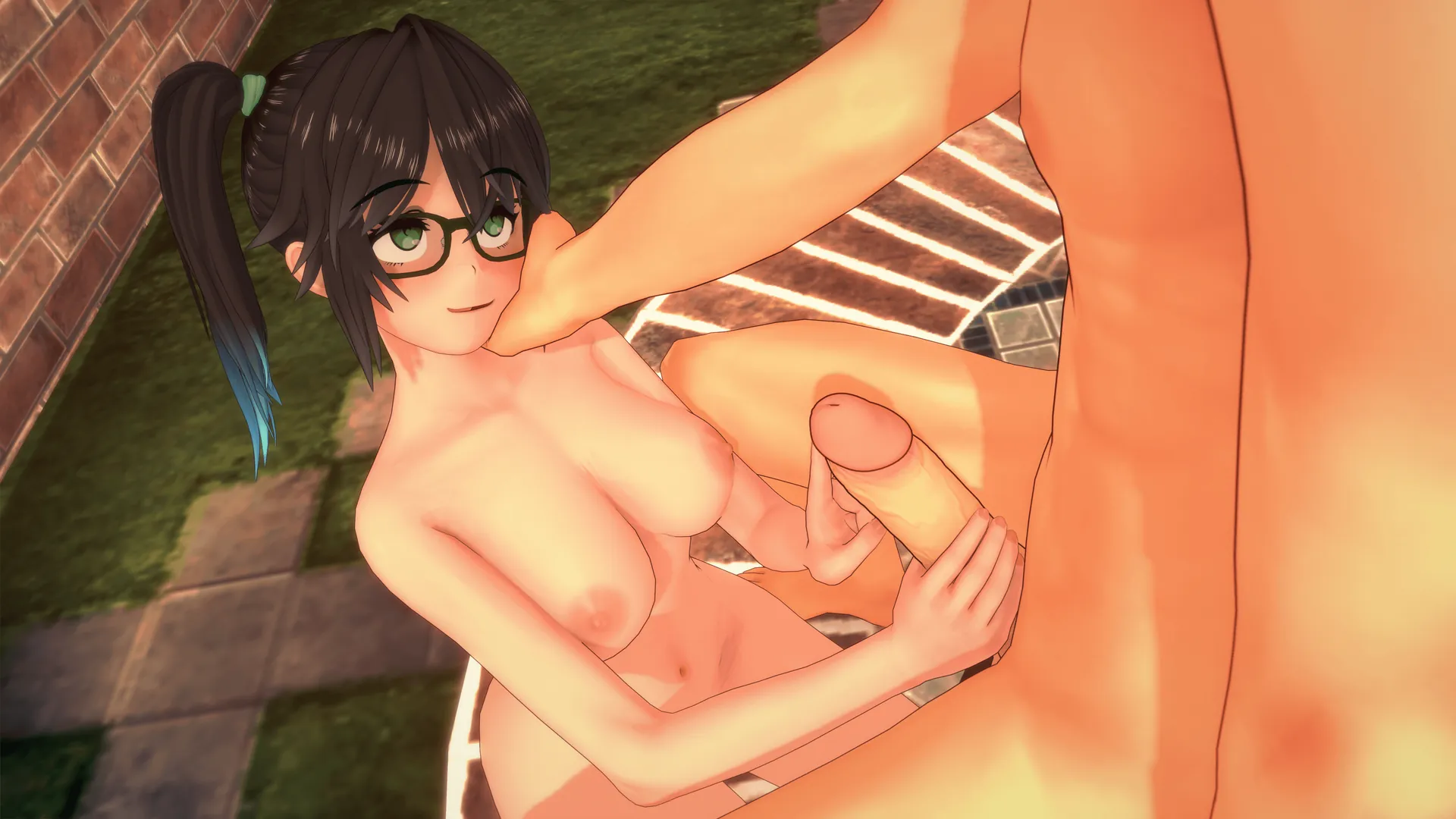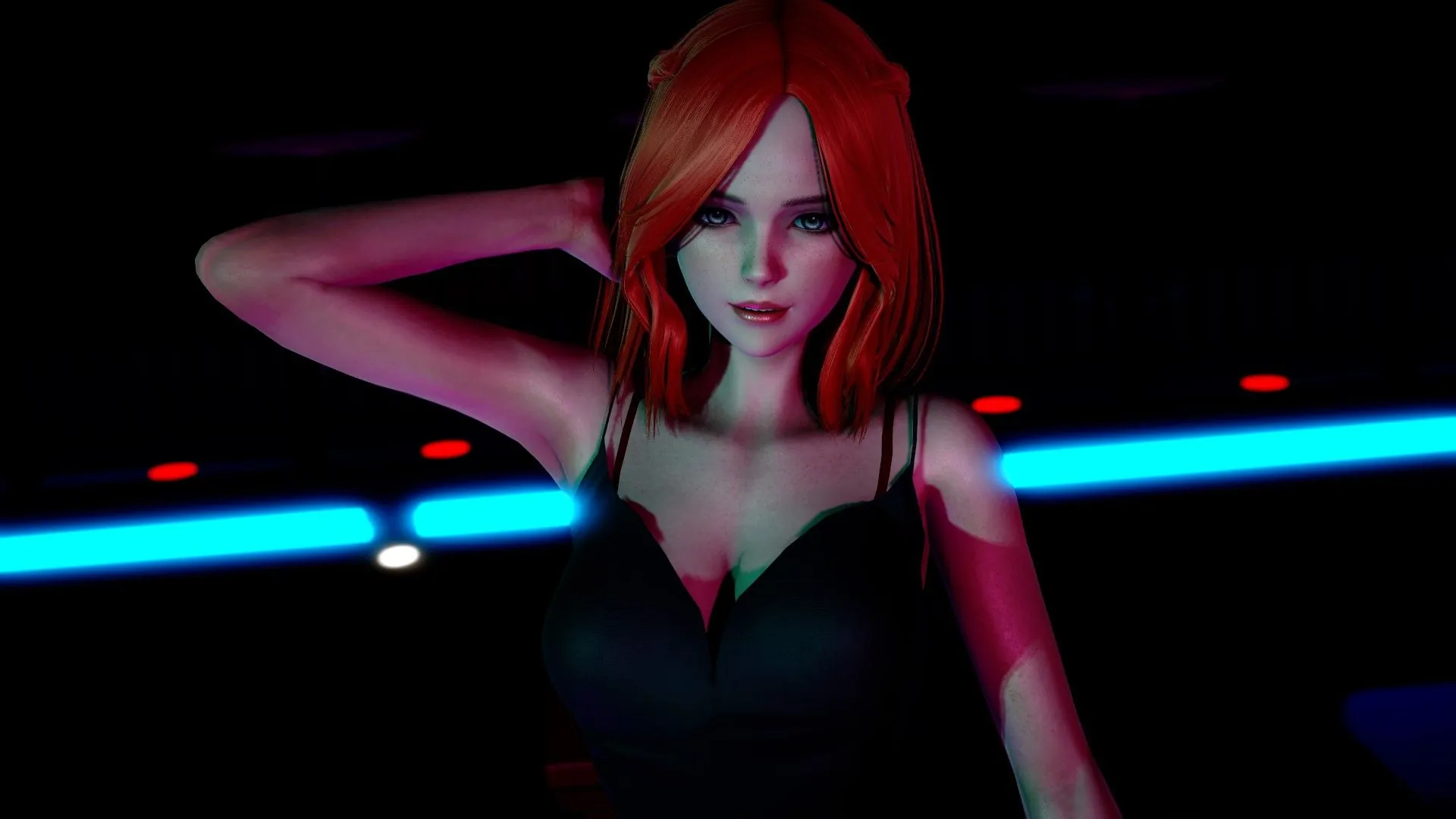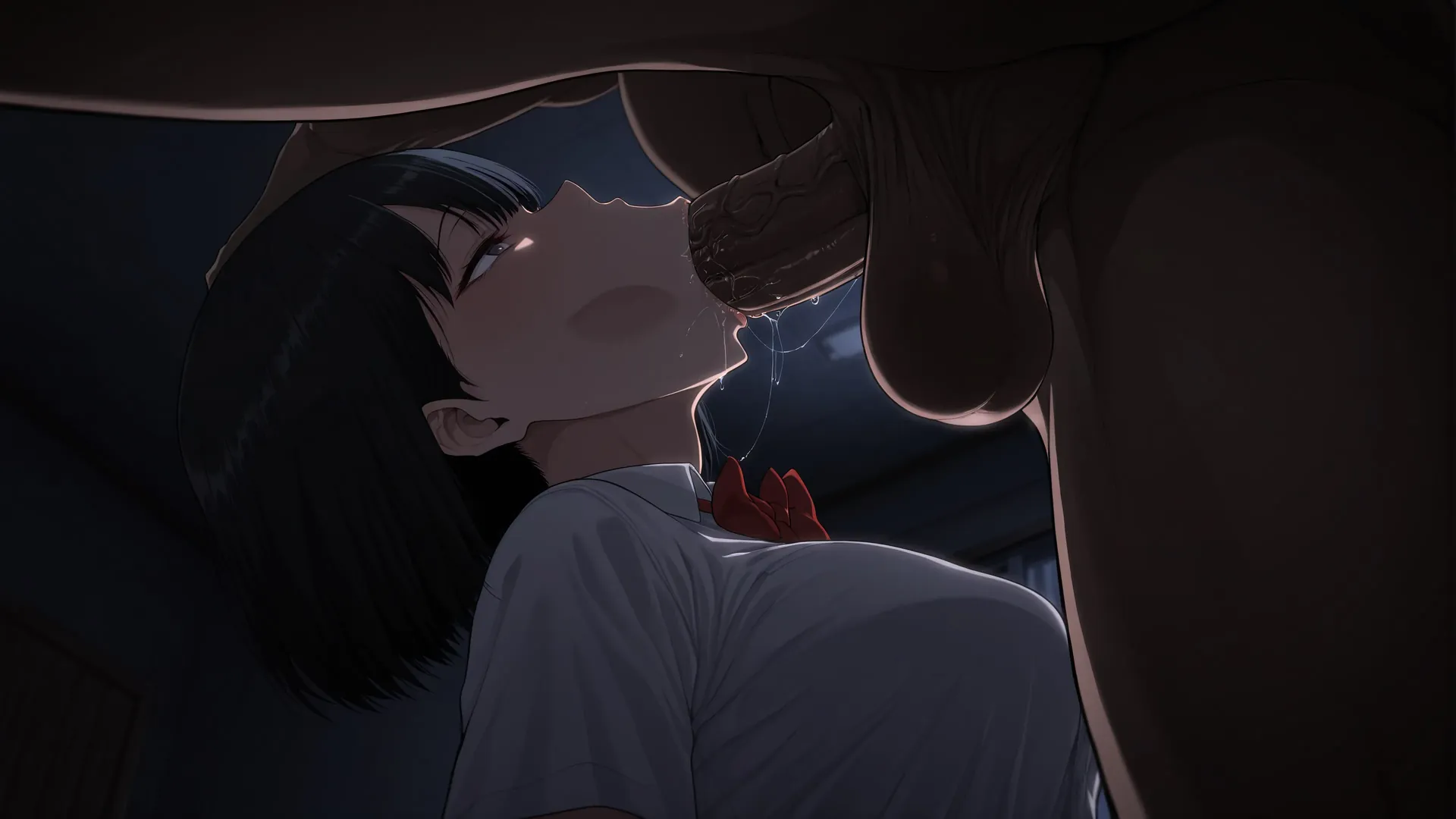
Aperture
Play Aperture
Aperture review
Explore the narrative, characters, and unique features of Aperture
Aperture is a distinctive interactive mystery game that immerses players in a complex story of emotional turmoil and manipulation at Hoshino Academy. Centered around the protagonist Sasaki Keita, the game blends narrative depth with character-driven gameplay, making it a compelling experience for fans of story-rich adult games. In this article, we will explore the game’s plot, characters, gameplay elements, and what sets Aperture apart in its genre.
Understanding Aperture’s Story and Characters
Picture this: you’re a new student at Hoshino Academy, camera in hand, ready to capture your high school memories. But instead of friendly faces and club activities, you’re met with suspicious glances and an oppressive silence. This is the world you step into as Sasaki Keita, the heart of the Aperture game story. 🎒📸
I remember starting the game and feeling that immediate sense of unease, like I’d walked into a room where everyone knew a secret I didn’t. That’s the genius of Aperture’s setup—it throws you directly into the shoes of its protagonist, making his discoveries feel like your own.
Who is Sasaki Keita? The Protagonist’s Role
At the center of the Aperture game story is Sasaki Keita, a transfer student whose quiet observation skills make him the perfect lens through which we experience Hoshino Academy. What I find fascinating about the Sasaki Keita character is that he isn’t your typical heroic figure—he’s genuinely relatable. He’s the new kid trying to find his place, armed with nothing but a camera and growing curiosity. 🕵️♂️
The Sasaki Keita character development unfolds beautifully throughout the game. Initially, he’s just trying to navigate the social labyrinth of a new school, but his natural empathy won’t let him ignore the strange occurrences and whispered conversations he witnesses. I found myself genuinely connecting with his journey because it mirrors that universal high school experience of wanting to belong while staying true to your principles.
Here’s what makes the Sasaki Keita character so compelling:
| Trait | Role in Story | Player Impact |
|---|---|---|
| Observant | Notices details others miss | Discovers hidden clues and secrets |
| Empathetic | Forms genuine connections | Builds relationships that drive the narrative |
| Determined | Refuses to ignore injustice | Pushes the story forward against obstacles |
Pro Tip: Pay close attention to Sasaki’s internal monologues—they often contain subtle clues about the larger mystery at Hoshino Academy! 🔍
What struck me most about playing as Sasaki was how his personal growth directly influences your ability to progress. As he becomes more confident in confronting the academy’s dark secrets, you gain access to new areas and information. It’s a brilliant way to tie character development directly to gameplay mechanics.
The Manipulative Principal: Daizo’s Influence
If Sasaki represents the pursuit of truth, then Principal Daizo embodies the systematic suppression of it. As the Daizo principal antagonist, he’s not just a typical villain—he’s the architect of the very atmosphere that makes Hoshino Academy feel so suffocating. 🏫🚫
The Daizo principal antagonist role is so effective because he represents institutional corruption rather than mustache-twirling evil. I’ve encountered my share of difficult authority figures in real life, but Daizo takes this to another level. His control extends beyond school rules into the very thoughts and freedoms of students and staff alike.
What makes the Daizo principal antagonist particularly chilling is how believable his methods are:
* Psychological manipulation through carefully chosen words and threats
* Systemic control over information flow within the academy
* Creating an environment where students police each other out of fear
The Hoshino Academy narrative gains much of its tension from Daizo’s presence. Every conversation with him feels like walking through a minefield—one wrong word could have consequences for multiple characters. I found myself genuinely nervous during these interactions, carefully considering every dialogue option.
The brilliance of Daizo as a character lies in how he represents the broader themes of the Aperture game story. He’s not just a person; he’s the embodiment of the systems that enable truth to be buried and freedom to be restricted. Fighting against him means fighting against an entire structure designed to maintain silence.
Tomoya Rin and the Photography Club’s Struggle
Enter Tomoya Rin, the determined president of the photography club who becomes both your ally and the heart of the student resistance. The Tomoya Rin photography club connection is crucial to understanding the emotional core of Aperture. 📸✨
When I first encountered Rin, I was struck by her contrast to the general atmosphere of fear at Hoshino Academy. Where others looked down or walked faster, she met my gaze directly. The Tomoya Rin photography club storyline quickly becomes one of the most engaging parts of the game, as you work together to use photography as both an artistic outlet and a tool for truth.
The emotional turmoil in Aperture is perhaps most vividly expressed through Rin’s character arc. She’s fighting not just against the administration’s restrictions but against the apathy of her fellow students. There were moments where I genuinely felt her frustration when club members would quit out of fear or when another photography opportunity was blocked by new rules.
What makes the Tomoya Rin photography club dynamic so special:
* Photography as rebellion – Each photo becomes an act of defiance
* Building community – The club becomes a safe space for like-minded students
* Preserving truth – Photos document what the administration wants hidden
I particularly loved how the game integrates the photography mechanics with character development. Choosing what to photograph isn’t just about completing objectives—it’s about deciding what stories deserve to be told. This creates a powerful connection between the player’s actions and the emotional turmoil in Aperture that the characters experience.
The relationship between Sasaki and Rin feels authentic because it grows organically through shared purpose rather than forced romance. They challenge each other, support each other’s growth, and ultimately become stronger together than they were apart. This partnership is central to navigating the complex Hoshino Academy narrative.
The Aperture game characters work so well because they feel like real people caught in extraordinary circumstances. Whether it’s Sasaki’s determination to uncover the truth, Daizo’s calculated control, or Rin’s passionate defense of artistic freedom, each character brings depth to the Aperture game story that will stay with you long after you put the controller down. 💫
Through these interconnected stories, Aperture creates a powerful exploration of truth, control, and the courage it takes to stand up for what’s right—even when the odds seem overwhelming. The emotional turmoil in Aperture isn’t just for dramatic effect; it’s the very heart of what makes this game’s story so memorable and impactful.
Aperture offers a rich narrative experience that combines complex characters and emotional depth with interactive gameplay. Through the eyes of Sasaki Keita, players navigate a world filled with manipulation and moral challenges, making each decision impactful. Whether you are drawn to its story or its unique gameplay elements, Aperture stands out as a thought-provoking title worth exploring. Dive into the game to experience its compelling journey firsthand.
